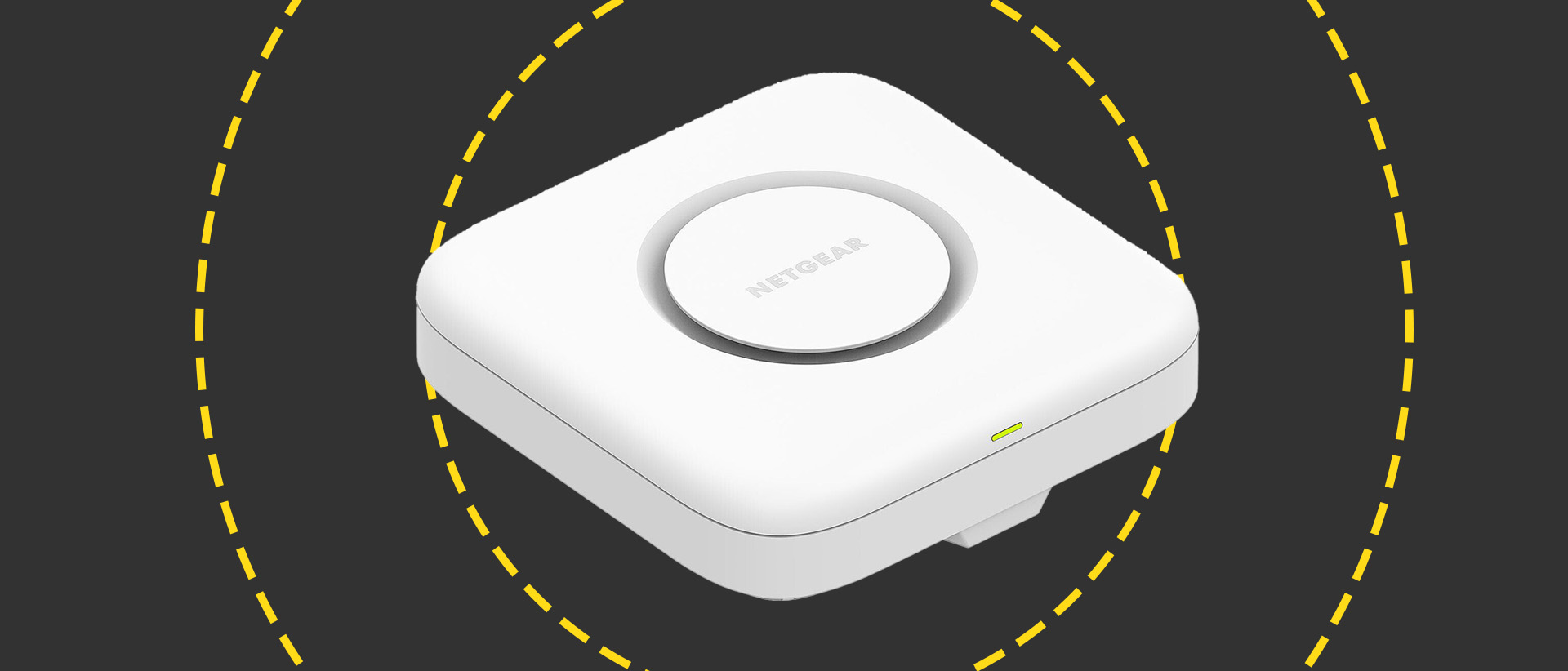A supercomputer that works like the human brain has just been turned on
Manchester University just switched on the world’s largest neuromorphic supercomputer

Researchers at Manchester University have just switched on the world's largest neuromorphic supercomputer. While a neuromorphic supercomputer may be the closest thing we have to an artificial brain, we're still a long way off from building that huge, unnerving head-shaped computer from The Matrix: Revolutions - which is a good thing.
A neuromorphic supercomputer, in case you're unfamiliar, mimics the biological neural activities of a human brain by emitting "spikes" of pure electro-chemical energy. To achieve this, scientists at Manchester University built the computer with one million processors at its core, which admittedly seems like a lot of processors for one computer to have.
However, Manchester University's supercomputer does need all of these processors, especially when you consider that the "Spiking Neural Network Architecture" or "SpiNNaker" machine has to emulate the 100 billion neurons in our brain. So far SpiNNaker is able to make 200 trillion actions per second.
Unlike traditional computers, SpiNNaker doesn't communicate by sending large amounts of information from point A to B. Rather, in a much more fluid, or, "human" style, SpiNNaker operates with a plethora of parallel actions all working at once, sending billions of tiny pieces of data to thousands of locations.
Steve Furber, a Professor at Manchester University and the man who originated the idea for the supercomputer, said that "SpiNNaker completely re-thinks the way conventional computers work. We've essentially created a machine that works more like a brain than a traditional computer."
Because SpiNNaker operates so akin to a human brain, the potential for scientific and medical progress is profound. SpiNNaker can run large-scale, real-time simulations, the likes of which haven't been possible on other computers.
For instance, the supercomputer has been able to simulate the Basal Ganglia, the region of the brain which suffers from Parkinson's disease. It's also been able to simulate how the human brain interprets information by simulating an 80,000-neuron cortex. What's more, the development of computer robotics is equally impressive, and SpiNNaker has already been able to take control of a small robot called the SpOmnibot'
Get the ITPro daily newsletter
Sign up today and you will receive a free copy of our Future Focus 2025 report - the leading guidance on AI, cybersecurity and other IT challenges as per 700+ senior executives
SpiNNaker has taken 10 years to build, but it was first conceived an incredible 20 years ago. While its creators are humble, and realise that the supercomputer's capabilities can still be improved upon, they have ambitions to scale up its artificial brain to one billion biological neurons in real time - amounting to just 1% of the human brain's biological neurons.
So, as you can tell, there won't be any sort of Matrix-like simulation built by artificial brains, tricking us into believing a computer program is a reality for quite a while yet. Unless that's exactly what it wants us to think.
-
 The UK government wants quantum technology out of the lab and in the hands of enterprises
The UK government wants quantum technology out of the lab and in the hands of enterprisesNews The UK government has unveiled plans to invest £121 million in quantum computing projects in an effort to drive real-world applications and adoption rates.
By Emma Woollacott Published
-
 Netgear WBE710 review
Netgear WBE710 reviewReviews The compact WBE710 delivers great cloud management features and a good turn of Wi-Fi 7 speed – but it does have a premium price tag
By Dave Mitchell Published